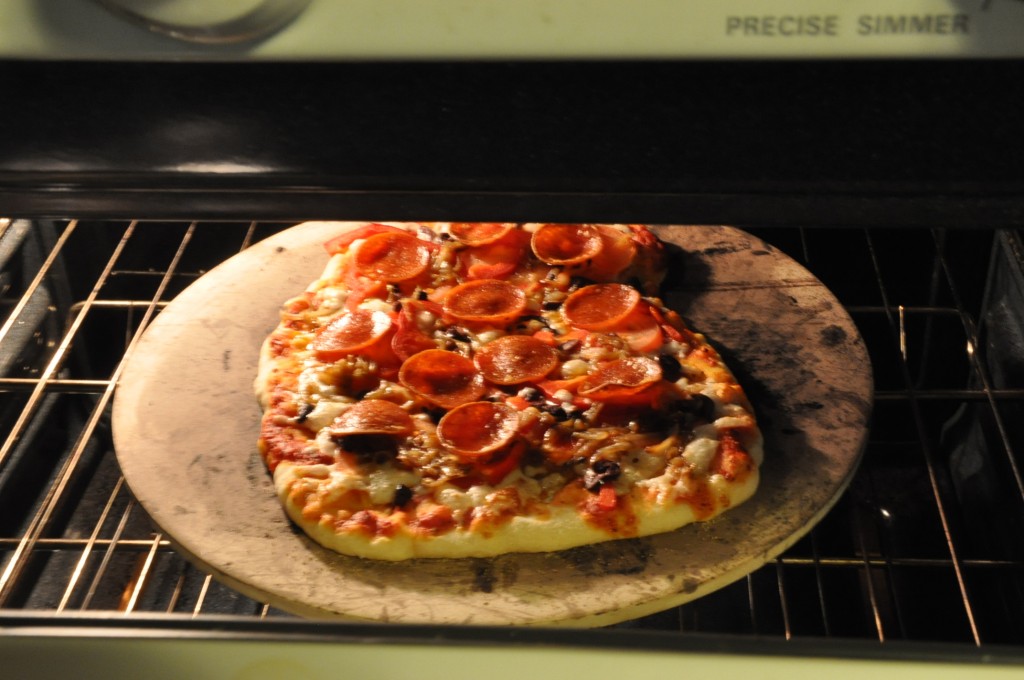Remember Matt’s sourdough starter baby? Well two years later, it’s still alive and kicking (figuratively speaking). I’ve made numerous bread loaves – some successful, others, to be honest, terrible. But it’s been a learning experience throughout and it’s been great to pass on the starter to friends and see what they’ve done with it. It’s like watching my friends raise their kids. For example, PK has become and ace waffle maker, adding corn meal to the recipe which adds a whole new dimension of flavor and texture to the already sumptuous and rich sourdough waffles.
And my friend Niels has from the get go baked beautiful and tasty loaves and was the first person I knew to do a sourdough rye which he brought to our last dumpling party but which was unfortunately consumed before I had a chance to take a photo. It was delicious though. And he’s also the one who advised and reminded me that to bake a good loaf, you have to get the starter going again so it’s really active and really productive. So recently, if I make bread, or waffles or pizzza dough, I make sure – per Niels reminder – to take the starter out of the fridge in the morning, stir it up and get it bubbling again, feed it once or maybe two times over the course of a day (maybe pouring off some of the excess (I know wasteful, but if you’re not making waffles or pizza dough what are you going to do with so much starter). So by the time I’m ready to make the dough some time in the evening, it’s super bubbly and has that really fermented sour smell. The last few times I made bread this is what I did and it made a noticeable difference. I also made a really good sour dough pizza dough. Here’s the rough recipe:
1 cup of starter
3 cups of bread baking flour
about 3/4 cup – 1 cup of water (you can add a little more or use less depending on how wet you want the dough)
1 1/2 tsp of fine sea salt
1 1/2 tsp of sugar
Mix all the contents until you have a nice dough and like the no knead bread, you let this dough mixture proof for about 18 hours until it gets really bubbly and rises until it’s about twice its original volume. Then you can punch it down and roll it into you pizza crust and let the crusts proof for about fifteen minutes to half an hour – per Saveur Magazine‘s recommendation – so they’ve risen again too. Then put your toppings on and bake in your preheated to 500 degree oven. Hopefully you have a pizza stone. The dough should be crusty, chewy and tangy. And the pizza should be delicious. If not, you failed.



